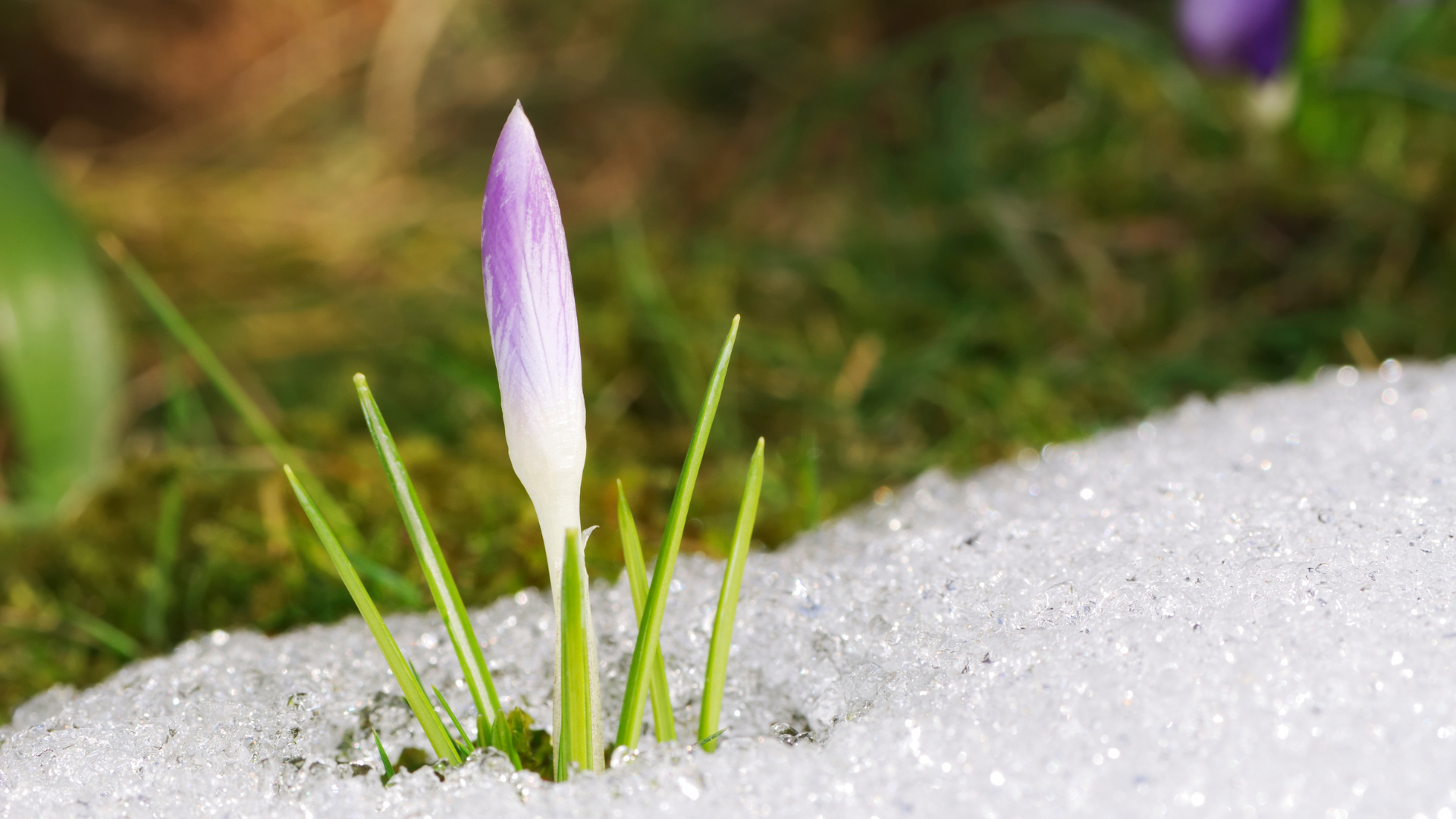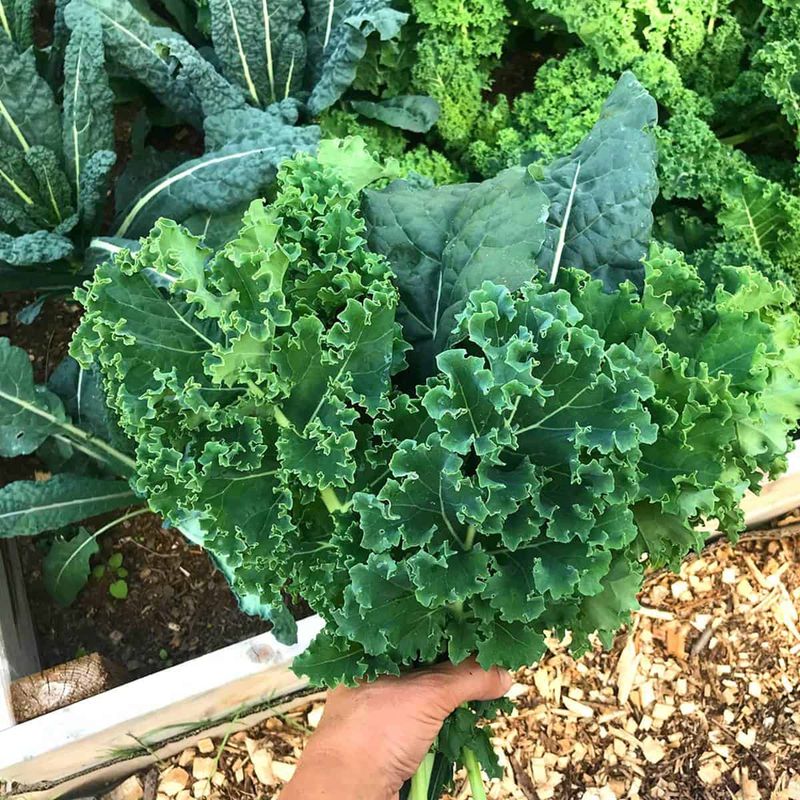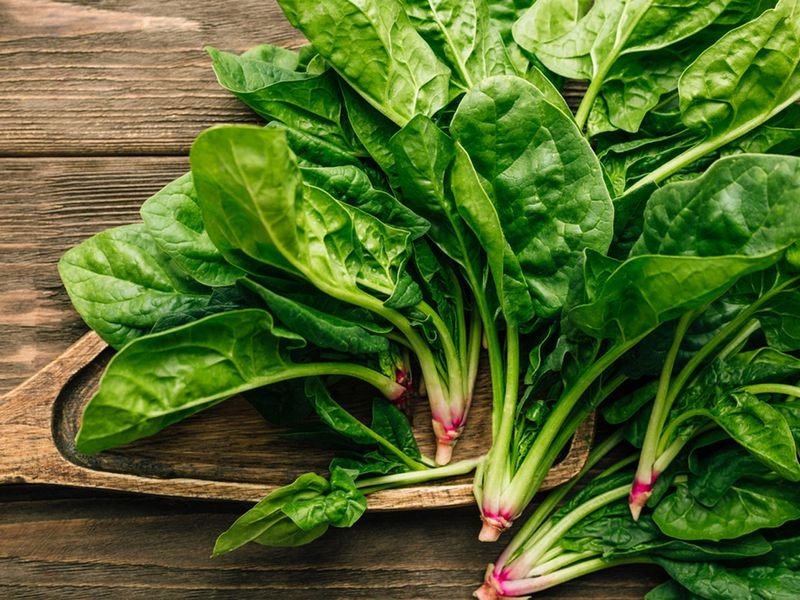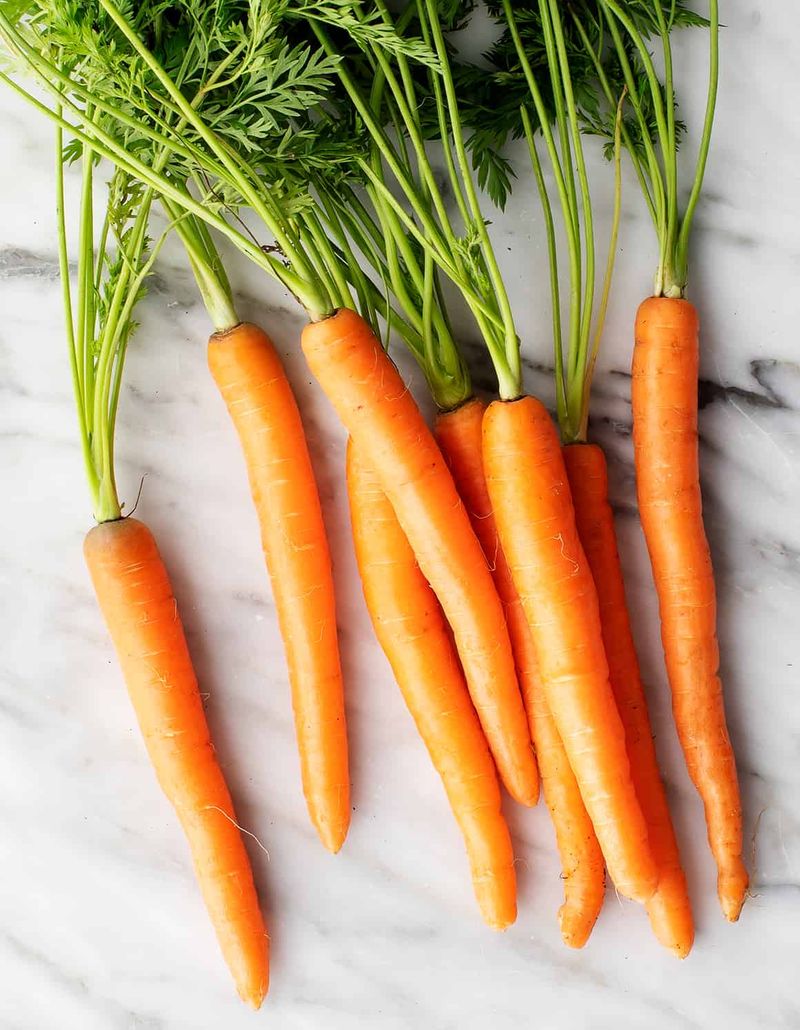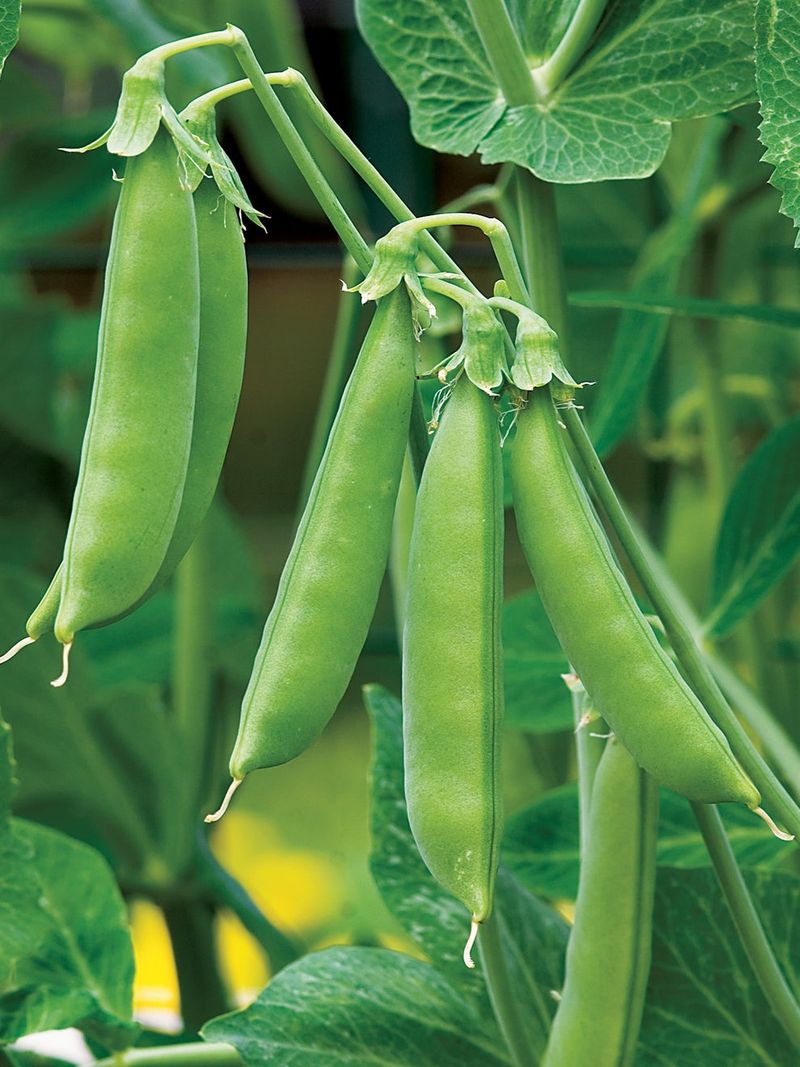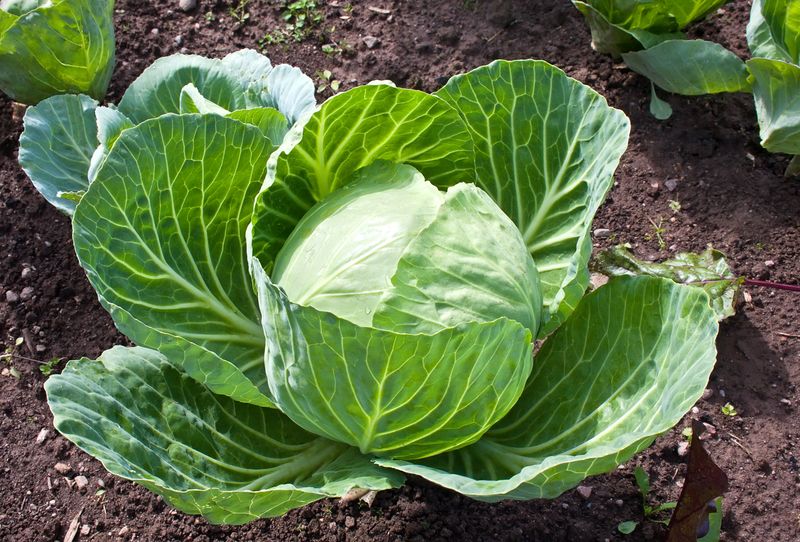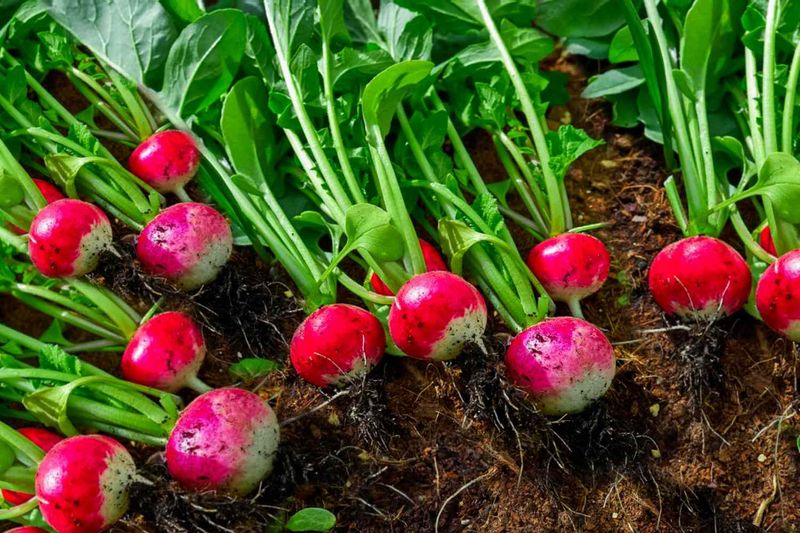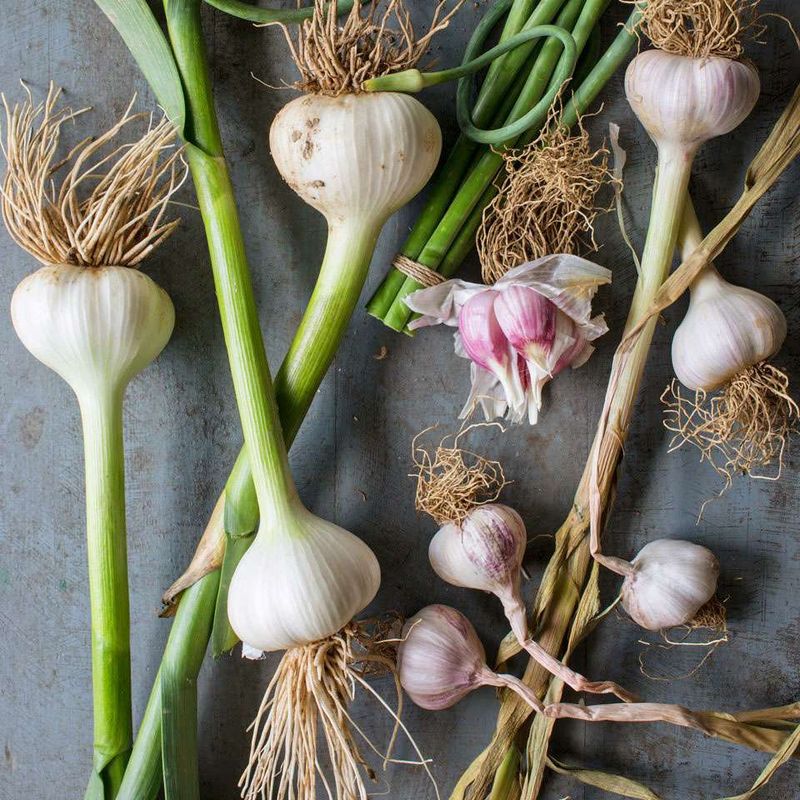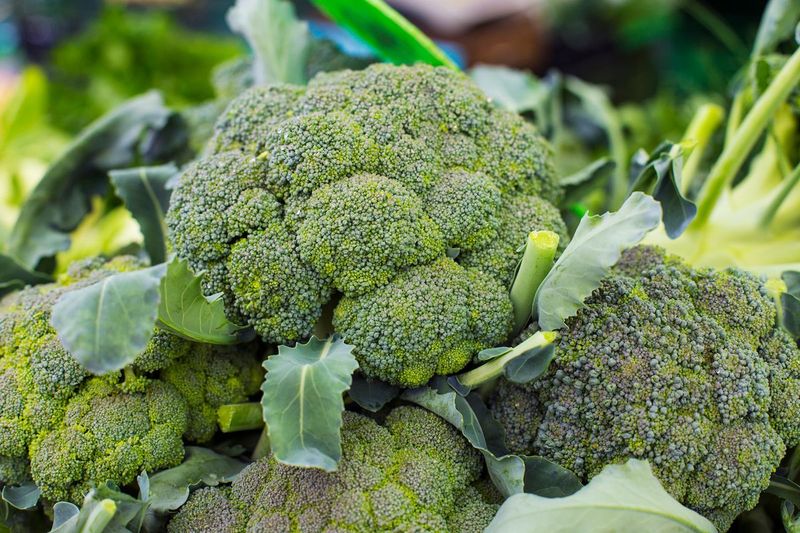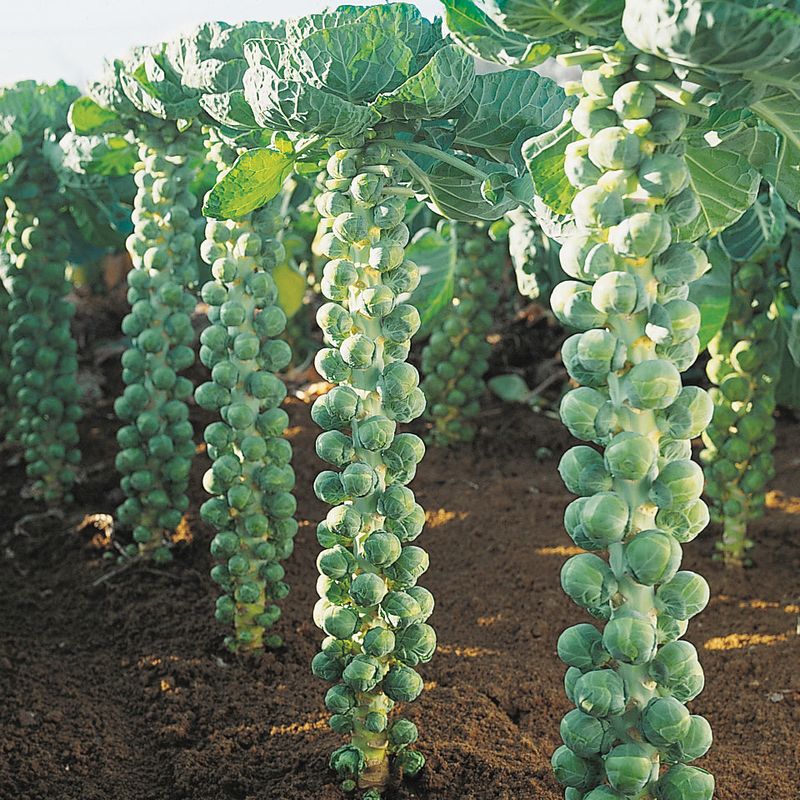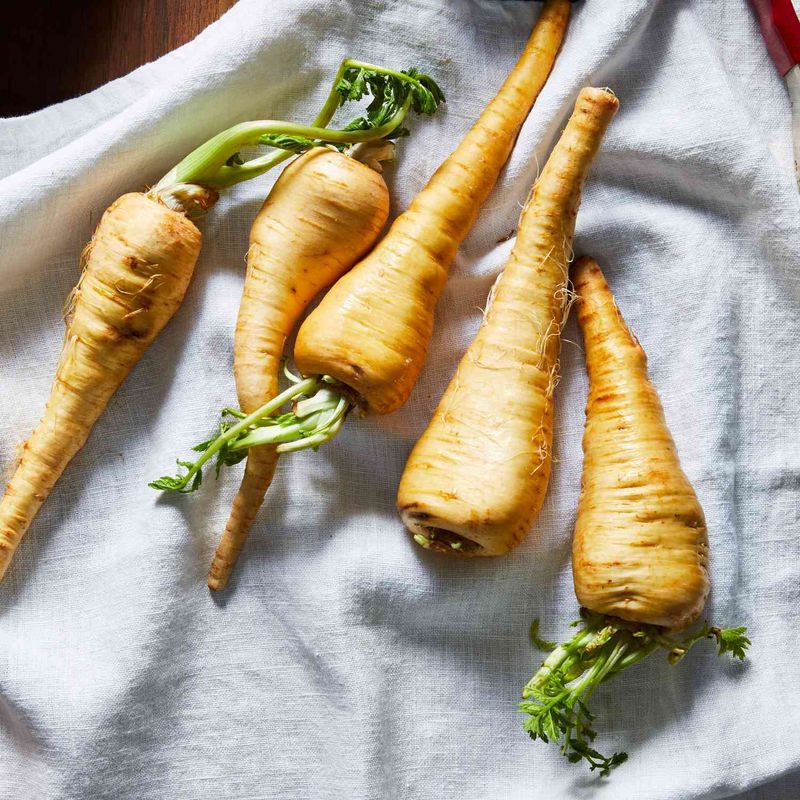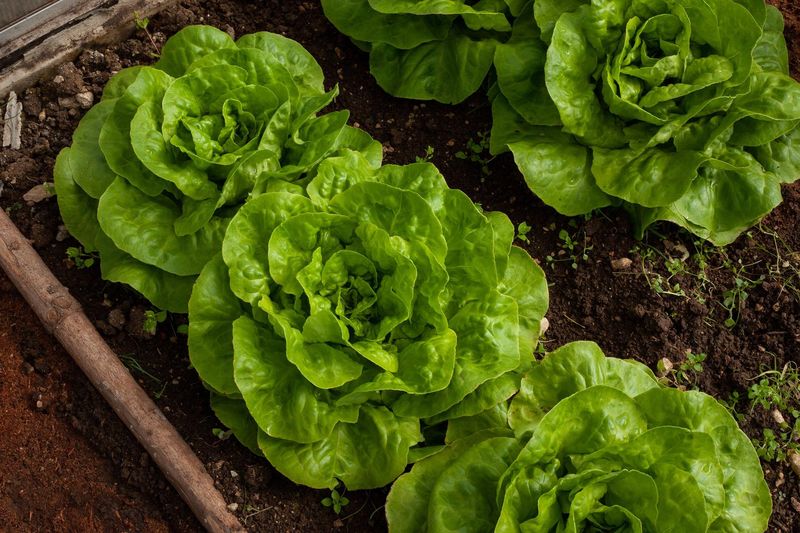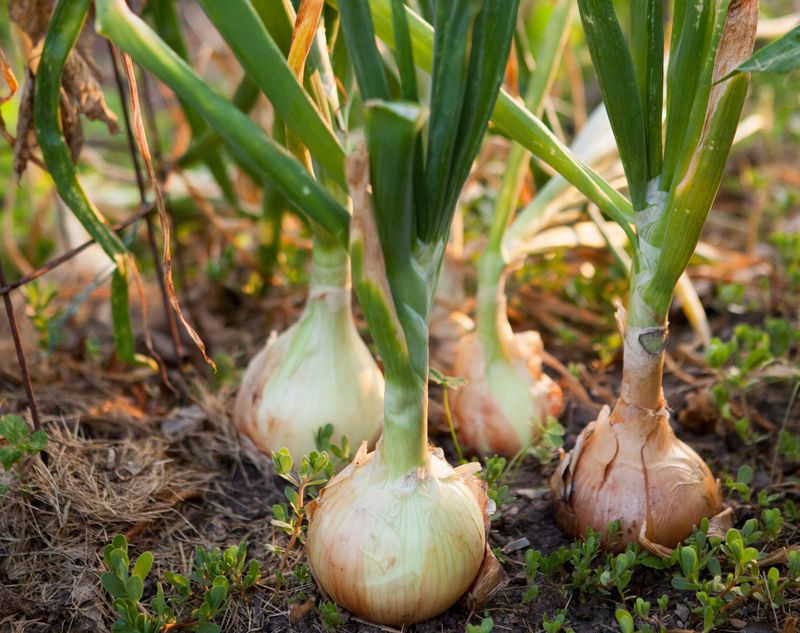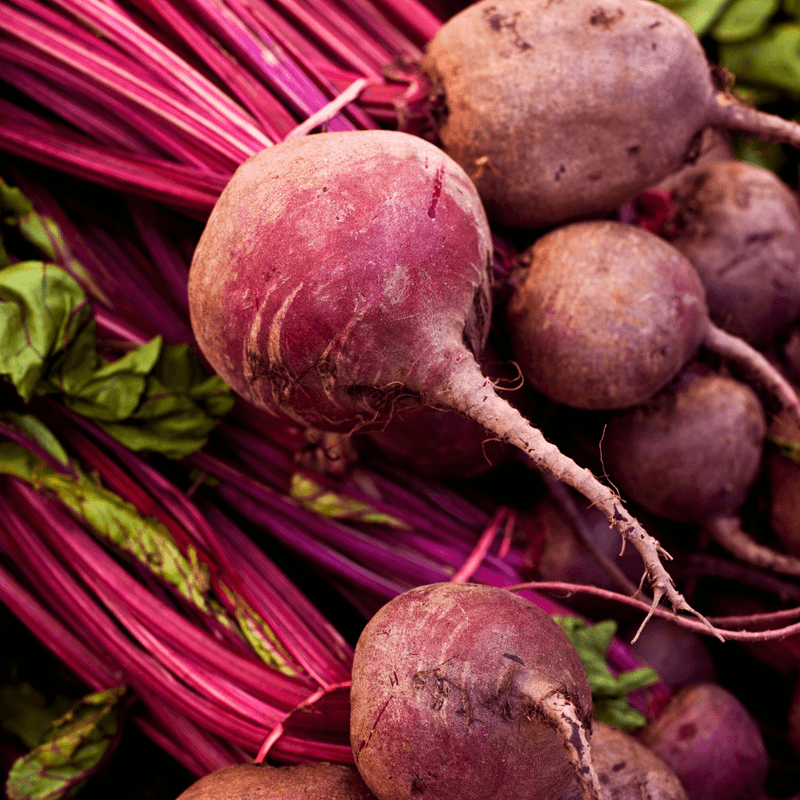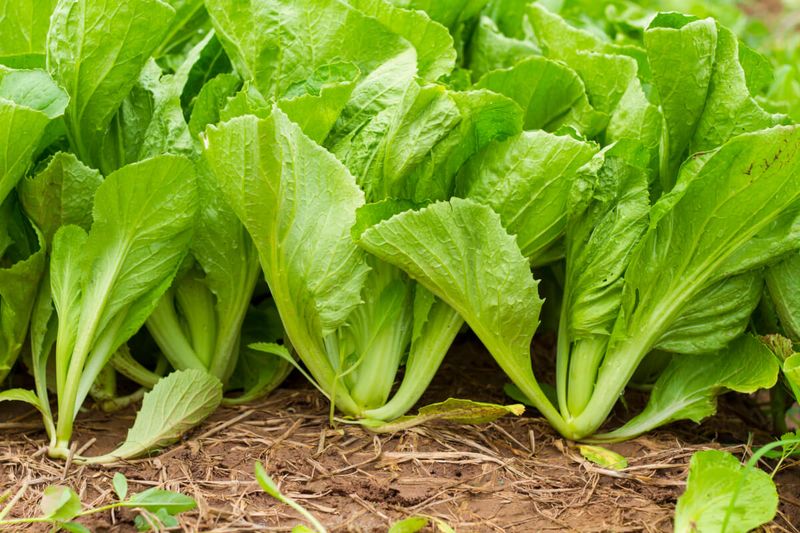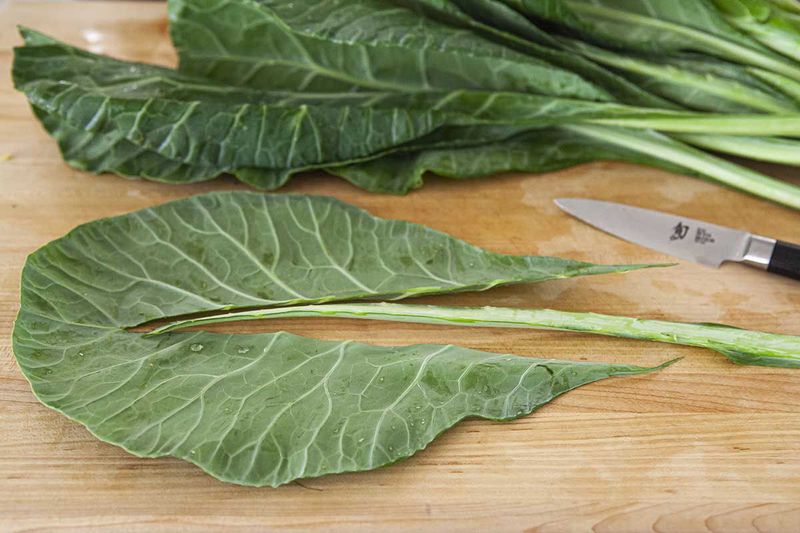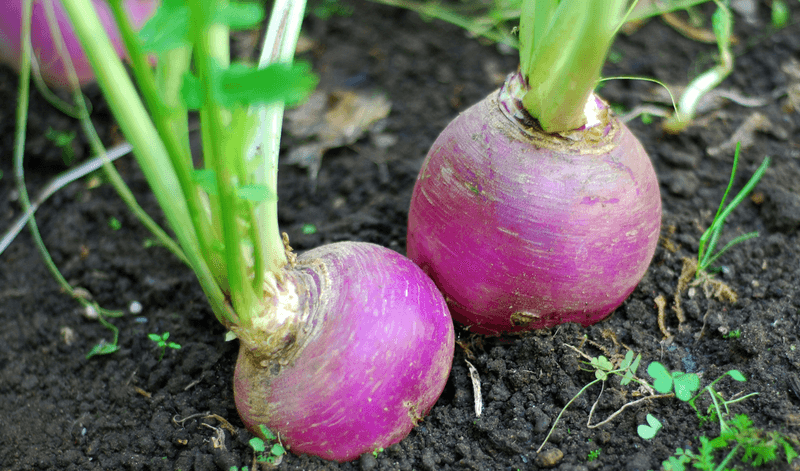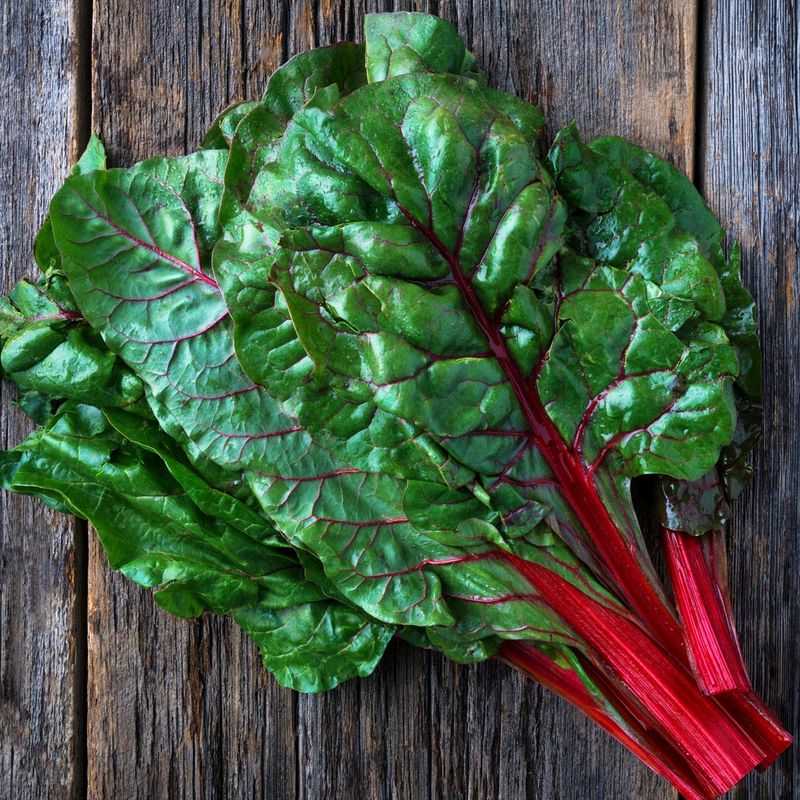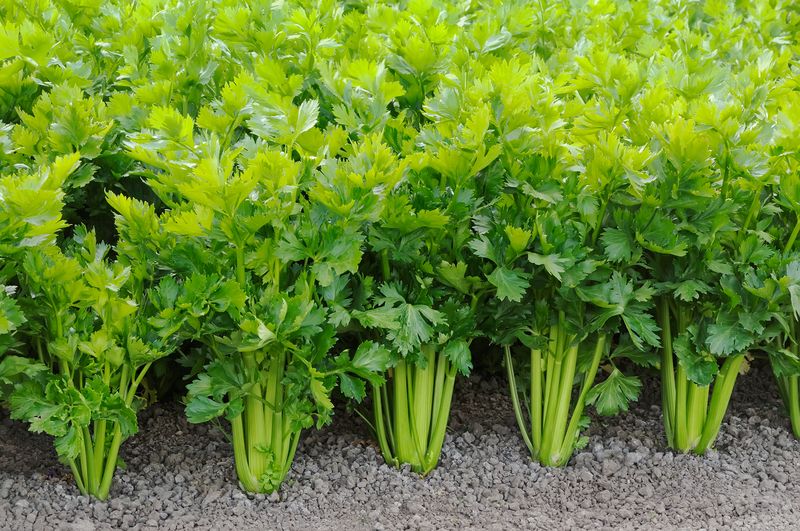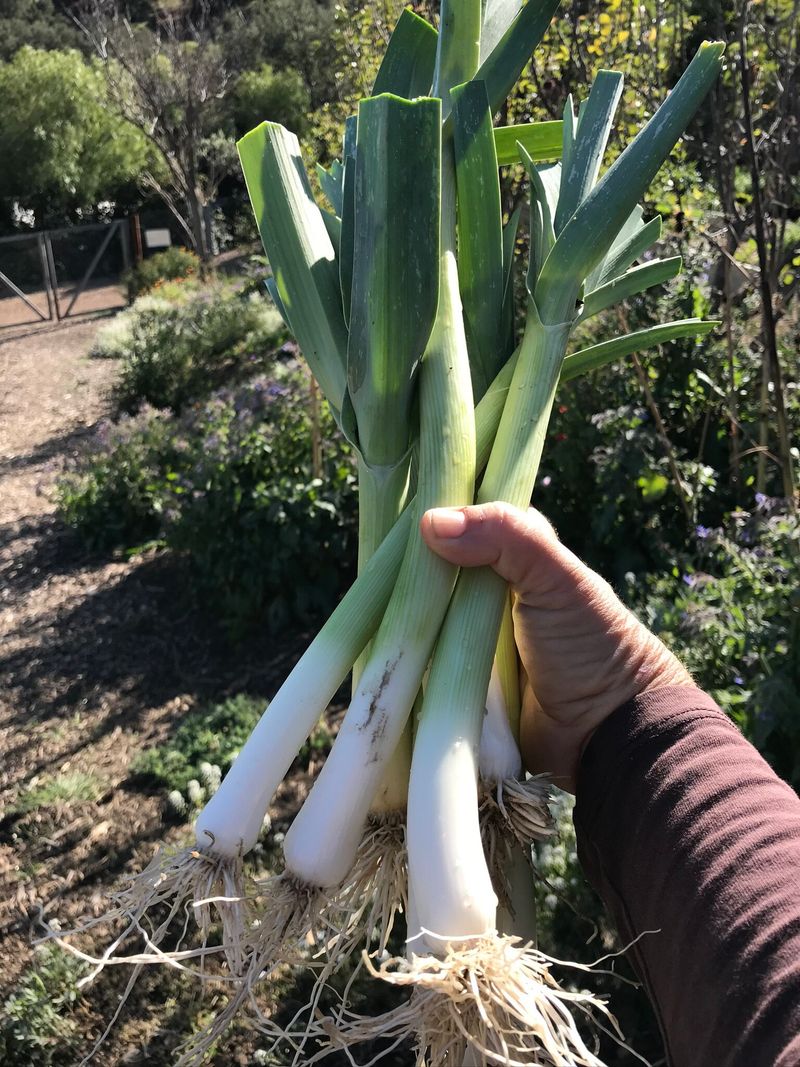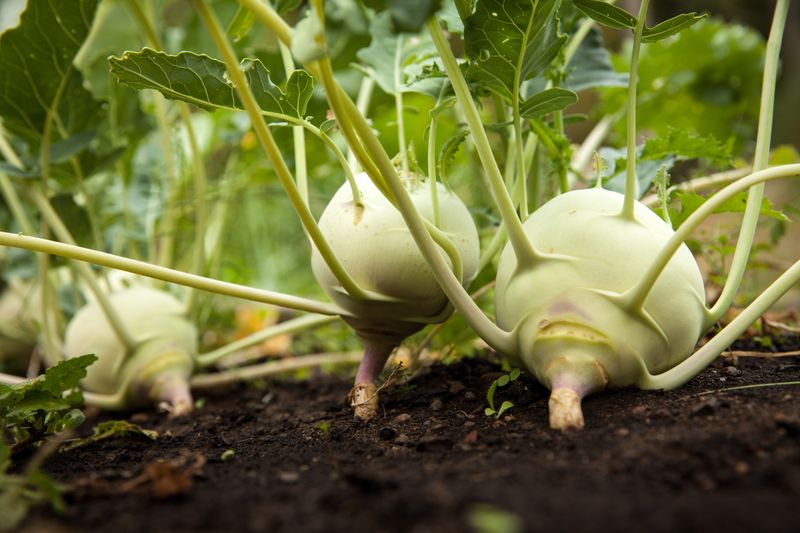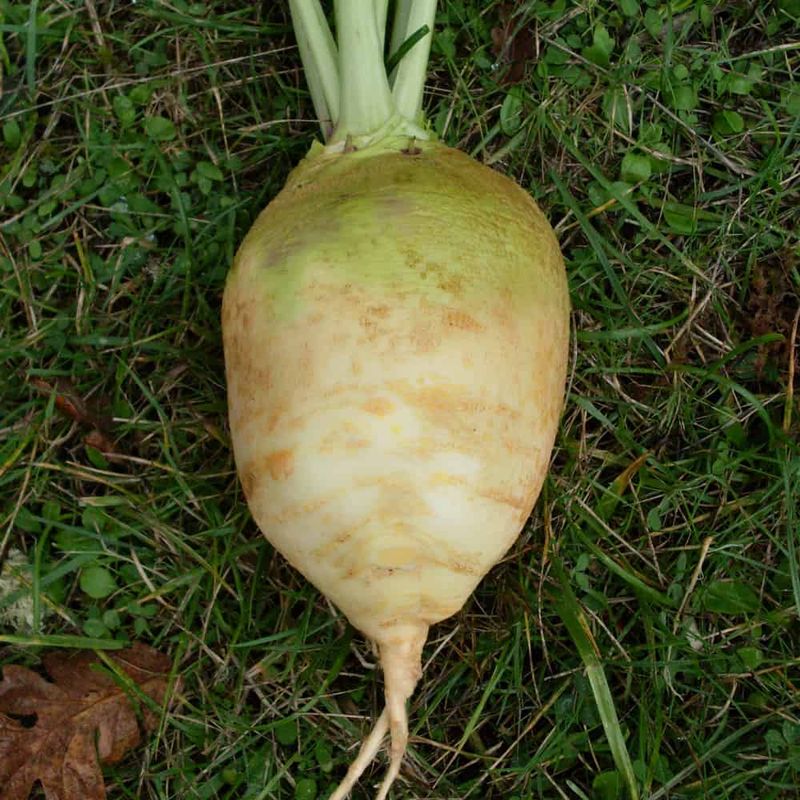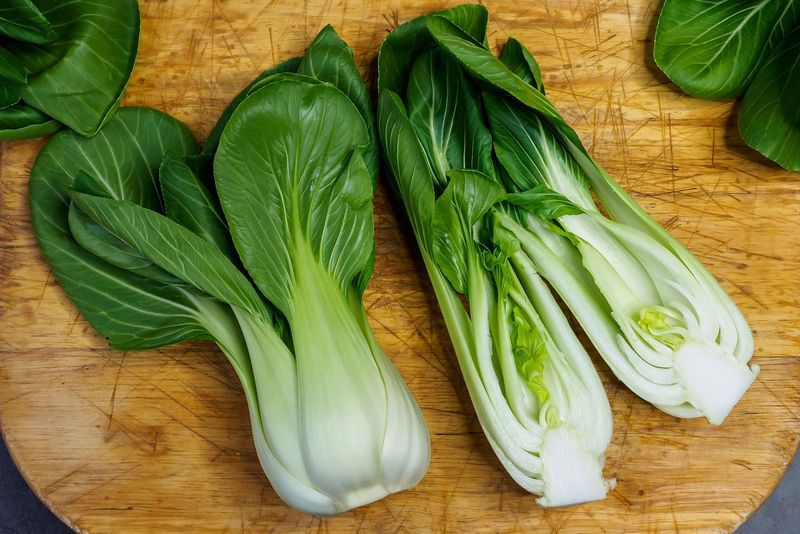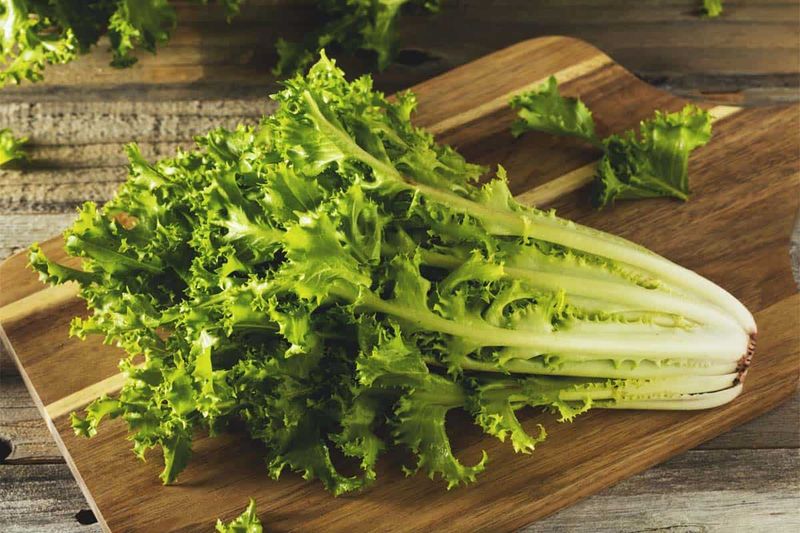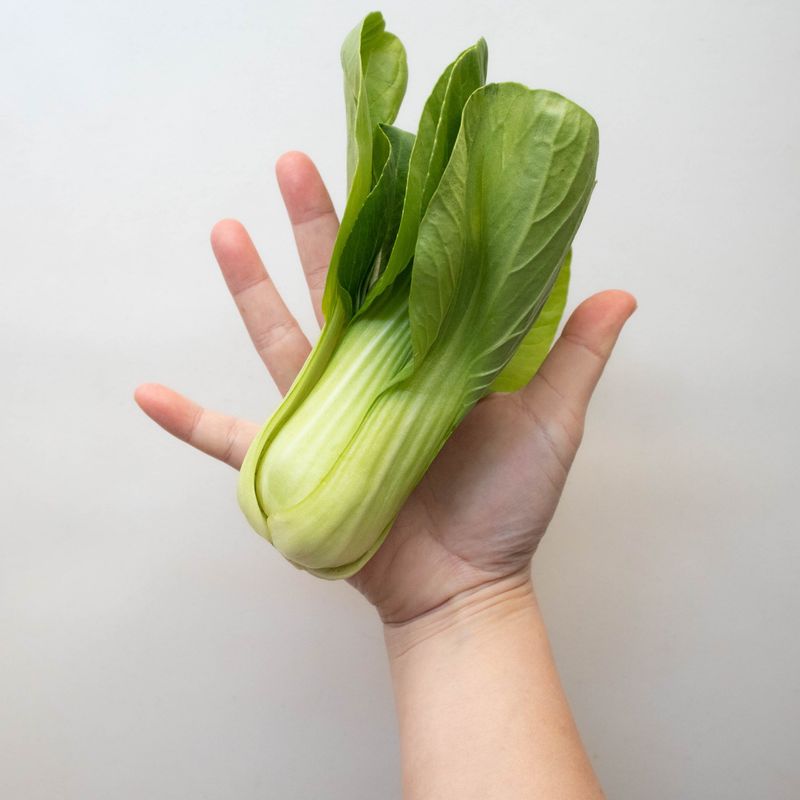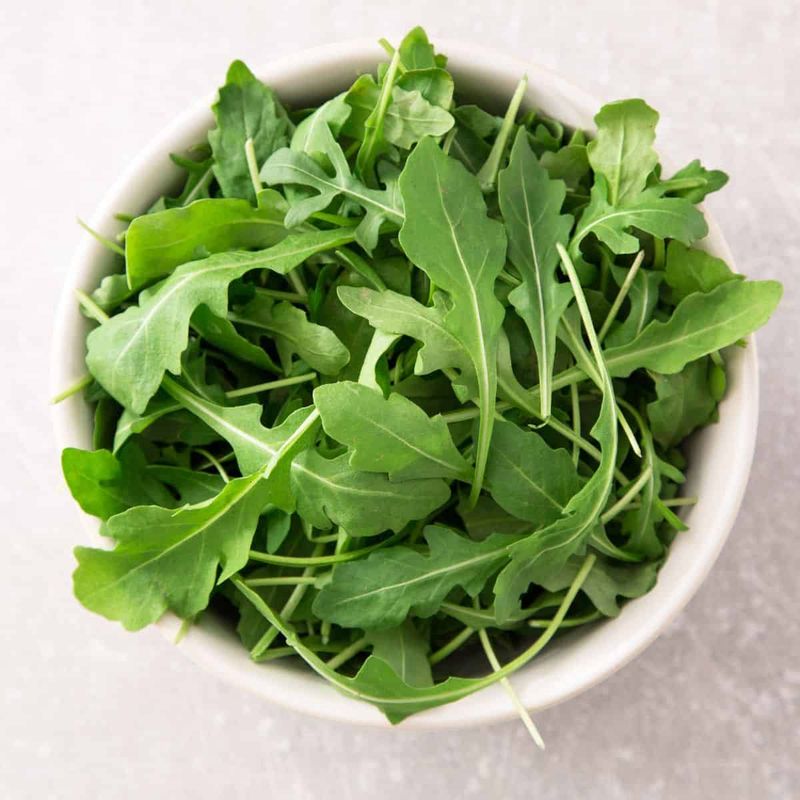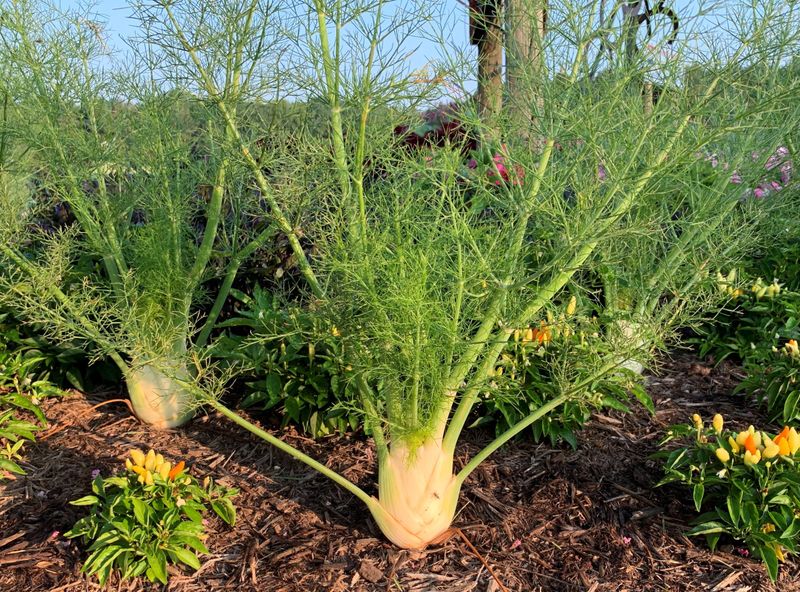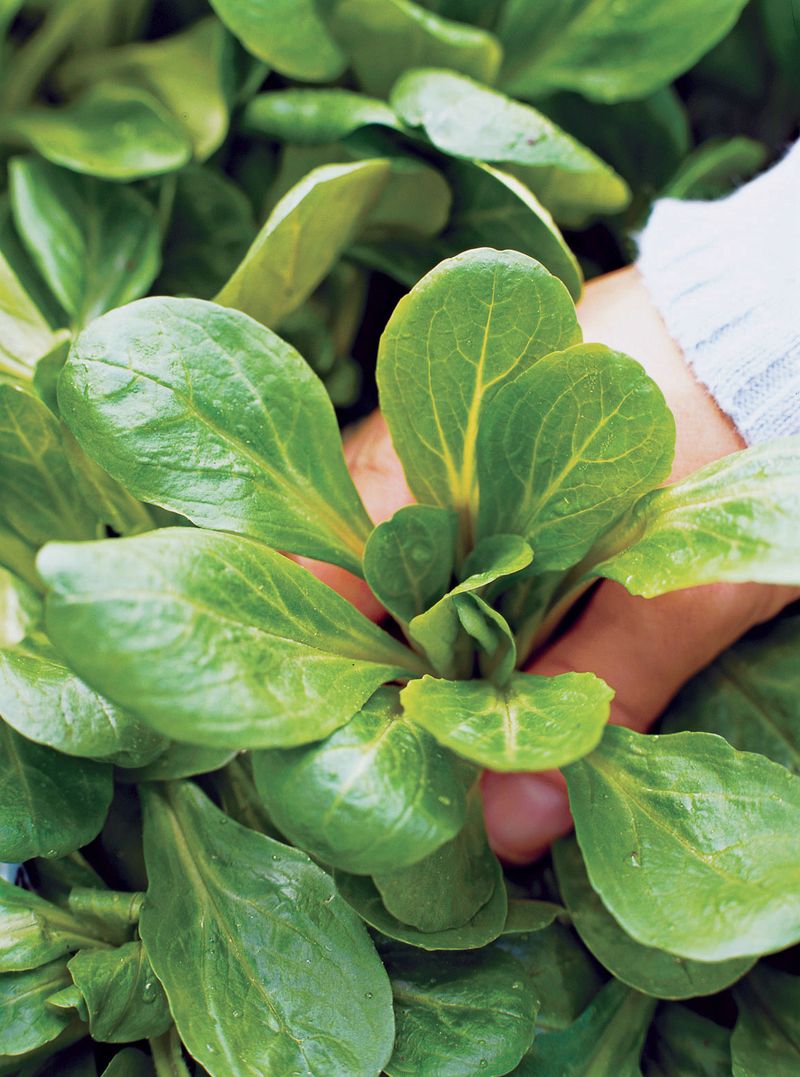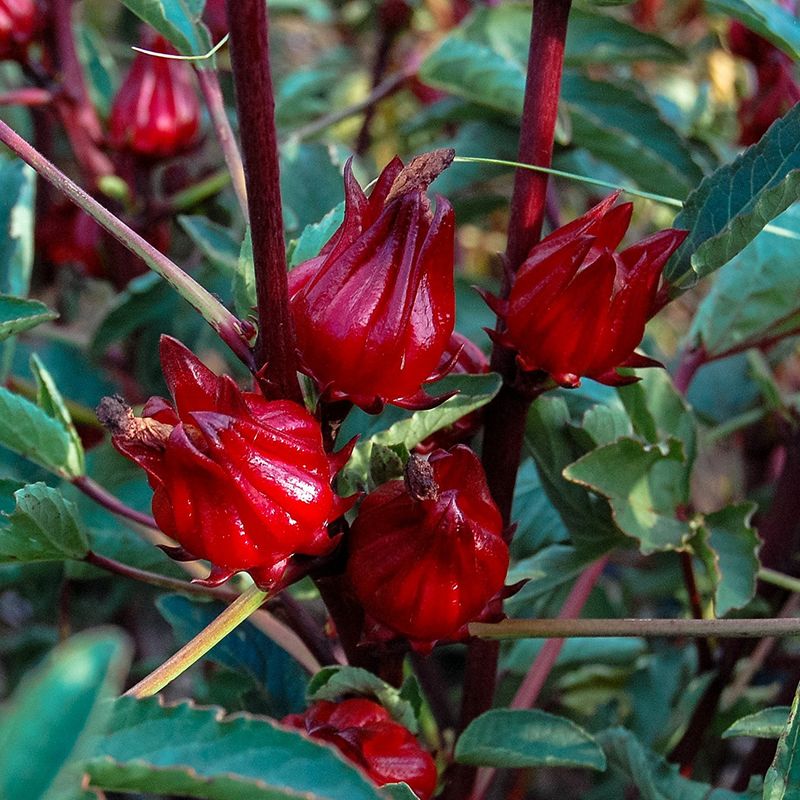Gardening in March can feel like a risky game of chance, with frosty mornings threatening your tender plants. But fear not! There are certain crops that laugh in the face of frost, toughing it out with their natural antifreeze.
I’ve learned this firsthand after watching my spring veggies push through chilly mornings like little warriors. These frost-resistant champs aren’t just surviving, they’re thriving, giving you a head start on a bountiful harvest.
It’s like getting a sneak peek of summer before the rest of the garden catches up. Ready to gamble on these cold-hardy heroes?
1. Kale
Starting in March works wonders for this green powerhouse. Frost is no match for kale, which uses the cold to enhance its sweet flavor.
Its leaves, resilient and robust, shake off the chill with ease. The plant produces a natural sugar that acts as an antifreeze, making it a garden favorite for early planting.
A quirky anecdote: Kale often becomes sweeter after a frost, making it a frosty treat that’s hard to resist. The colder it gets, the more it thrives!
2. Spinach
Embrace the cold with this leafy green that loves chilly weather. Spinach’s ability to withstand frost makes it a top pick for March planting.
Its thick leaves trap moisture and fend off icy attacks. This natural defense mechanism includes an antifreeze protein, keeping it fresh and crisp.
In a fun twist, spinach can grow under snow, proving it’s not just for warm climates. This crop laughs at frost and turns it into an advantage.
3. Carrots
Root vegetables like these get along famously with frosty soil. Carrots develop a sweeter taste in cold weather, thanks to an increase in sugar content.
This sugary shift serves as protection against freezing. The cool soil acts as a natural refrigerator, preserving them perfectly.
Amusingly, cold soil convinces carrots to sweeten up, making them a deliciously crunchy snack. No wonder they are a winter favorite for gardeners!
4. Peas
These little green gems are not just for summer! Peas adore the coolness of March and handle frost like seasoned pros.
Their secret? A waxy coating on their leaves that acts as a natural barrier. This helps them shrug off cold and continue thriving.
Interestingly, peas planted in March tend to have a head start, producing pods before the summer heat. It’s this early start that gives them an advantage over their warm-weather counterparts.
5. Cabbage
Wrapped tightly in layers, cabbage is the master of frost defiance. The tightly bound leaves offer protection against the cold, keeping the inner core warm.
This layered insulation is its greatest strength. Cabbage can endure low temperatures without losing its crunchy texture.
You might chuckle when you see cabbages seemingly shrug off the chill, making them a perfect choice for March planting. Their hardiness is legendary among garden enthusiasts.
6. Radishes
With a quick growth cycle, radishes are perfect for early planting. Their ability to handle frost gives them a speedy start in spring.
The cold encourages a rapid maturity, making them one of the first ready-to-harvest crops. The earthy bite of a radish is intensified by the chill.
Comically, they seem to rush to the finish line, eager to beat the frost. It’s this fast-paced growth that makes them a favorite for impatient gardeners.
7. Garlic
Planting in March sets garlic on a path to greatness. Frosty weather isn’t a deterrent for garlic; it fuels its subterranean growth.
This bulb develops its robust flavor underground, where the chill can’t reach. The cold encourages root development, crucial for a strong plant.
A humorous note: Garlic seems to prefer the cold, almost like a vampire avoiding the sun. Its love for chilly starts makes it a gardener’s ally in early spring.
8. Broccoli
These tightly packed florets are surprisingly frost-friendly. Broccoli thrives in cold weather, using the chill to maintain its firmness.
Its structure allows it to resist frost, keeping its nutrients intact. The cooler temperatures enhance its flavor profile, giving it a slight sweetness.
It’s amusing how this veggie seems unbothered by frost, confidently growing when others might falter. Broccoli in March is a testament to its hardy nature.
9. Brussels Sprouts
These mini cabbages are frost’s little buddies. Brussels sprouts embrace the cold, developing a richer taste as a result.
Their tightly wrapped leaves act as a natural insulator, safeguarding against cold spells. This resilience makes them ideal for March planting.
Interestingly, sprouts actually taste better after a frost, making them a winter delicacy. Their ability to withstand frost adds to their allure for gardeners seeking early spring crops.
10. Parsnips
While they might seem understated, parsnips relish in the cold. This root veggie sweetens with frost, transforming its flavor beautifully.
Cold weather triggers sugar production, acting as a natural antifreeze. It’s this change that makes them a delightful harvest in early spring.
There’s a certain magic in how parsnips use frost to their advantage, developing a sweetness that surprises and delights the taste buds. A true gift from the garden’s chilly embrace.
11. Lettuce
Delicate yet daring, lettuce can take a chill like a pro. This leafy green has adapted to handle lower temperatures with grace.
Its cell structure prevents freezing, while its growth hardly slows down. March is perfect for sowing lettuce, getting a head start on salads.
An amusing thought: Lettuce seems almost smug in its frost resistance, continuing to grow when others might falter. Its cool demeanor is perfect for early spring gardens.
12. Onions
March is a fantastic time to plant onions. They thrive in colder weather, developing their unique flavor profile as the temperature drops.
Their robust nature allows them to push through frosty spells unscathed. Onions rely on their sturdy structure to resist freezing.
Oddly enough, onions seem to enjoy the cold, using it to their advantage to grow strong and flavorful. Their resilience is a boon for any gardener looking to start early.
13. Beets
These root vegetables are a wonderful addition to your March planting. Beets love the cold, even producing a sweeter taste as temperatures drop.
They store sugar in their roots, protecting them from freezing. This sugar also enhances their flavor, making them even more delectable.
It’s curious how beets seem to thrive under frosty conditions, using the cold to sweeten and enrich their taste. A delightful surprise for an early spring harvest.
14. Mustard Greens
Add some spice to your garden with mustard greens. These leafy wonders are unfazed by March frosts, even using them to intensify their peppery flavor.
Their leaves contain natural antifreeze compounds, helping them withstand the cold. This makes them an excellent choice for early planting.
There’s something amusing about how frost enhances their spiciness, making them a bold addition to salads. A surprising twist for those who appreciate a bit of garden spice.
15. Collard Greens
March is prime time for planting these robust greens. Collards handle frost with ease, thanks to their sturdy leaves.
Their cell structure acts as a barrier against freezing, making them resilient in early spring. The cold actually improves their texture and taste.
A funny observation: Collard greens seem to dance in the frost, unfazed by the chill, offering a fresh and nutritious choice for gardeners eager to start early.
16. Turnips
These root vegetables are frost-tolerant champs. Turnips love cool weather, and early spring planting suits them perfectly.
The cold enhances their natural sweetness, making them a delightful addition to any harvest. Their hardy nature allows them to withstand frost with ease.
It’s almost as if turnips laugh in the face of frost, using it to sweeten their flavor profile. A fantastic choice for those seeking a speedy start to their garden.
17. Swiss Chard
Start this veggie in March for a hearty harvest. Swiss chard doesn’t shy away from frost; its colorful stalks brighten up any garden.
The plant’s natural antifreeze properties protect it from cold damage, making it an ideal early spring crop. Its resilience is in its genes.
One might say Swiss chard wears its frost like a badge of honor, standing tall and proud. A delightful addition for any gardener looking to add color early on.
18. Celery
Celery brings a crisp crunch to your early spring garden. Frost doesn’t deter this stalky vegetable, which continues to grow despite the cold.
Its fibrous structure acts as a defense against freezing, allowing it to thrive in chilly weather. The cold can even enhance its flavor.
In a playful twist, celery seems to relish frosty mornings, using them to add a refreshing crunch. A smart pick for those looking to start their harvest early.
19. Leeks
Leeks bring a mild onion flavor to your March planting. These alliums are frost-tolerant, with a structure that resists freezing.
Their tightly packed leaves protect the inner stalk, allowing growth in cold weather. Spring planting gives them a head start in your garden.
It’s almost amusing how leeks embrace the frost, using it as an opportunity to develop their distinct flavor. A must-have for gardeners who enjoy an early start.
20. Kohlrabi
This alien-looking veggie is a frost-defying wonder. Kohlrabi’s thick skin acts as a natural barrier against cold temperatures.
The plant thrives in cool weather, making March a great time to plant. Its taste becomes sweeter when exposed to frost.
It’s funny how kohlrabi, with its odd appearance, handles frost better than many others. A quirky yet delightful option for those who enjoy unique crops.
21. Rutabaga
Rutabagas are root veggies with a knack for cold weather. These frost-hardy plants are sweetened by the chill, much like their cousin, the turnip.
The cold triggers sugar production, enhancing their flavor profile. Their robust nature makes them perfect for early planting.
There’s a certain irony in how rutabagas, often overlooked, embrace the frost to deliver a sweeter taste. A hidden gem for those who plant in March.
22. Chinese Cabbage
This cabbage variant loves the cool embrace of March. Its loose leaves might seem delicate, but they handle frost with surprising strength.
The plant’s structure allows it to withstand freezing temperatures while maintaining crispness. It’s an excellent candidate for early planting.
Amusingly, Chinese cabbage seems to thrive on frosty challenges, using them to maintain its crunchy texture. A smart choice for garden enthusiasts eager to start their harvest.
23. Endive
Endive, with its slightly bitter taste, is a frost-tolerant marvel. This leafy green thrives in cold weather, using it to enhance its flavor.
Its tightly packed leaves act as a natural insulator, protecting the plant from freezing. March planting gives it a head start.
It’s curious how endive embraces frost, turning it into a flavor-enhancing ally. A bold choice for gardeners who enjoy a bit of boldness in their salads.
24. Bok Choy
Bok choy’s crunchy stalks make it a standout choice for March planting. This Asian green thrives in cooler temperatures, using them to maintain its crispness.
The plant’s structure naturally resists frost, allowing it to grow uninterrupted. Early planting ensures a robust crop.
In a fun twist, bok choy seems to flourish in the frost, showcasing its resilience and adaptability. A fresh addition for those keen to get their gardens growing quickly.
25. Arugula
This peppery green adds a kick to your early spring garden. Arugula handles frost with ease, using the cold to intensify its flavor.
Its small, tender leaves contain compounds that prevent freezing, making it a hardy choice for March planting. The cold enhances its peppery notes.
It’s amusing how arugula seems to relish the frost, using it to pack an even bigger punch. A zesty option for those who love bold greens.
26. Fennel
Fennel’s aromatic bulbs thrive in the chill of early spring. This herbaceous plant handles frost like a pro, using it to develop its sweet, anise-like flavor.
The bulb’s structure resists freezing, allowing for continued growth despite low temperatures. It’s a versatile addition to any garden.
Interestingly, fennel seems to bloom under frosty conditions, almost as if it enjoys the cold embrace. A fragrant choice for those eager to start their garden early.
27. Mache
Also known as corn salad, mache is a frost-resistant green that loves March. Its tender leaves thrive in cool temperatures, using them to enhance their mild flavor.
The plant’s low-growing habit shelters it from frost, keeping it fresh and tender. It’s an ideal early spring crop.
There’s something charming about how mache seems to welcome frost, using it to maintain its delicate taste. A subtle choice for gardeners seeking gentle flavors.
28. Sorrel
Sorrel, with its tangy taste, is a frost-tolerant wonder. This leafy herb thrives in cold weather, using the chill to enhance its lemony flavor.
The plant’s robust leaves resist freezing, making it a perfect candidate for March planting. The cold sharpens its zesty taste.
It’s almost whimsical how sorrel embraces frost, using it to amplify its tangy profile. A refreshing option for those who appreciate a bit of zing in their greens.

